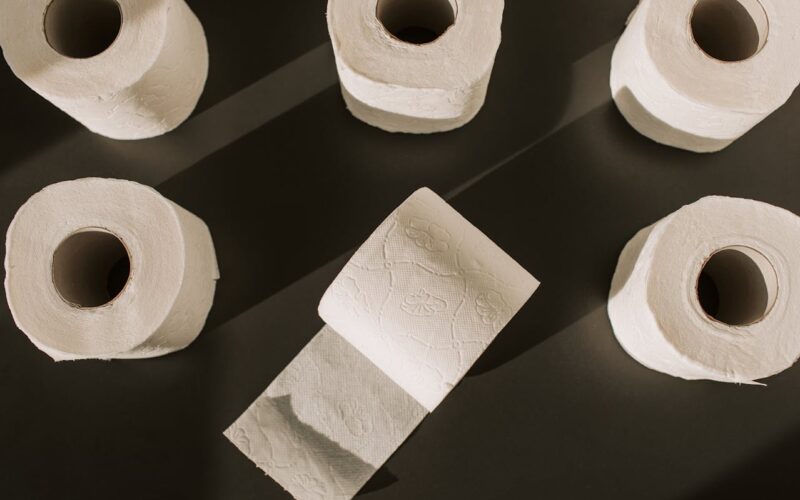Welcome, brave explorer, to the final frontier: your bathroom! In this whimsical and informative journey, we’ll boldly go where few dare to tread – into the world of bowel movements. Yes, we’re talking about poop. Whether it’s a source of shame, humor, or scientific curiosity, your poop can tell you a lot about your health. So, buckle up, and prepare for a hilarious yet enlightening voyage through the bowel cosmos.
The Universal Truth: Everybody Poops
Let’s get one thing straight: everyone poops. From the tiniest toddler to the mightiest bodybuilder, it’s a universal human experience. So why is it so taboo? It’s time to flush away the embarrassment and face the facts with a smile.
The Bristol Stool Chart: Your Poop Decoder
First stop on our journey: the Bristol Stool Chart. This handy guide classifies poop into seven types, ranging from hard lumps to liquid. It’s like a decoder ring for your digestive health. Let’s break it down with a bit of humor:
- Type 1: The Rabbit Pellets:
- These hard little lumps are like a trail of chocolate chips – but definitely not as tasty. They indicate constipation. Time to up your fiber intake and hydrate!
- Type 2: The Lumpy Log:
- This log with cracks is still a sign of constipation. Think of it as the “stubborn mule” of poops. More fiber and water, please!
- Type 3: The Sausage with Cracks:
- Not too shabby! This poop is getting closer to the ideal form. Keep up the good work with a balanced diet.
- Type 4: The Smooth Snake:
- Ah, the gold standard! Smooth, soft, and easy to pass. This poop says, “I’m healthy and happy.” Pat yourself on the back.
- Type 5: The Soft Blobs:
- These soft blobs with clear edges might be a sign you’re lacking fiber. They’re easy to pass, but you might need to tweak your diet a bit.
- Type 6: The Mushy Mess:
- This mushy consistency with ragged edges can indicate mild diarrhea. It’s like your bowels are saying, “Too much too fast!” Slow down on the greasy foods and hydrate.
- Type 7: The Liquid Load:
- Pure liquid. This is full-blown diarrhea. Your gut is in distress, possibly due to an infection or something you ate. Stay hydrated and consult a doctor if it persists.
Color Commentary: What’s Your Poop’s Hue?
The color of your poop can be just as telling as its shape. Let’s dive into the rainbow of possibilities:
- Brown: The gold standard. A healthy mix of bile and digested food. You’re in the clear!
- Green: Did you chow down on a spinach salad? Green poop can result from leafy greens or food moving too quickly through your intestines.
- Yellow: Greasy, yellow poop can indicate too much fat or a malabsorption issue. Time to check in with a healthcare provider.
- Black: Unless you’ve been munching on licorice or taking iron supplements, black poop can signal bleeding in the upper GI tract. Seek medical advice.
- Red: Red can mean you’ve had beets or food coloring, but it can also indicate bleeding in the lower GI tract. If you’re concerned, don’t hesitate to call a doctor.
- White or Clay-Colored: This can indicate a lack of bile, possibly due to a bile duct obstruction. Time to consult your healthcare professional.
The Soundtrack of the Bathroom: Funny Fart Facts
No poop discussion is complete without mentioning its trusty sidekick: the fart. Farts are a natural byproduct of digestion, and everyone does it. Here are some fun facts to lighten the mood:
- The average person farts 14 times a day. That’s right, you’re not alone in the symphony of gas.
- Farts are mostly made up of odorless gases like nitrogen and carbon dioxide. It’s the sulfur compounds that make them stink.
- Holding in farts can lead to bloating and discomfort. Better out than in, we say!
Tips for a Stellar Bowel Movement
To ensure your poop stays in top form, follow these tips:
- Fiber is Your Friend:
- Aim for 25-30 grams of fiber per day from fruits, vegetables, whole grains, and legumes. Fiber helps keep things moving smoothly.
- Hydrate, Hydrate, Hydrate:
- Drink plenty of water to keep your digestive system running smoothly. Aim for at least eight glasses a day.
- Exercise Regularly:
- Physical activity helps stimulate intestinal function. Even a daily walk can make a big difference.
- Listen to Your Gut:
- Pay attention to your body’s signals. When you gotta go, go! Holding it in can lead to constipation.
- Stay Relaxed:
- Stress can wreak havoc on your digestive system. Practice relaxation techniques like deep breathing, meditation, or yoga.
Conclusion: Embrace the Final Frontier
Understanding your poop doesn’t have to be a serious, uncomfortable topic. By approaching it with humor and curiosity, you can learn a lot about your health and keep things running smoothly. So next time you’re in the bathroom, take a moment to appreciate the marvelous, mysterious world of bowel movements. After all, it’s the final frontier we all must explore. Happy pooping!

